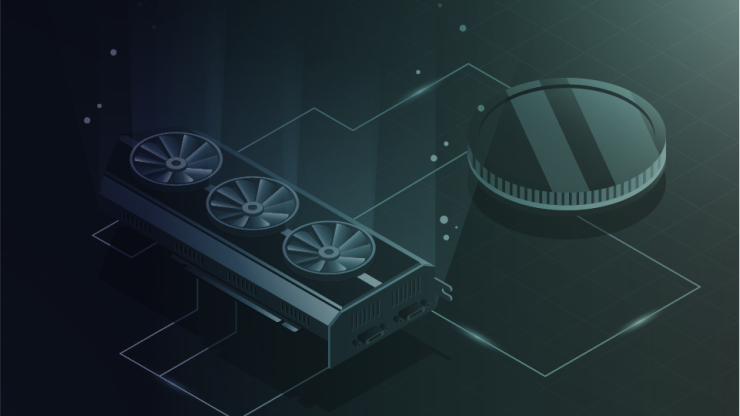
Decentralized Finance in commodities markets

Decentralised Finance (DeFi) is a term used to refer to innovations in capital markets that rely on blockchains.
Instead of using conventional financial rails such as banks or credit transfer APIs, DeFi based projects work entirely on blockchains without the requirement of central clearing houses or banking personnel checking transactions. This makes it possible for DeFi based ventures to be internet-scale, global ventures without having a presence in countries around the world.
The most prominent among this class of digital first, blockchain native ventures is MakerDAO. It has over a billion dollars in collateral in the form of digital assets such as Ethereum tied in it for lending – which is then used for trading or day-to-day purchases. Similarly, KyberDAO has enabled digital assets worth over a billion dollars to be traded. This growing, digital native infrastructure is empowering the next wave of financial applications to be built.
There is a catch though. The current generation of DeFi ventures are restricted to using digital assets when it comes to trading and lending. This means traditional instruments such as commodities swaps, futures or even lending against real life assets such as a house is not possible. This restricts the ability of the ecosystem to scale meaningfully enough to meet the needs of global financial markets today.
For a scale comparison, the total value locked in DeFi ventures today is around $5 billion. The size of the global commodities market in comparison is approximately $2.5 trillion. The race to plug off-chain assets such as physical goods to on-chain finance is at the crux of what will enable the next generation of DeFi applications. There are a number of networks that are working towards this through the approach of synthetic instruments.
Beyond Blockchain Based Assets
Synthetic instruments on blockchain networks is one approach to representing real-life assets on these networks. How does that work? The equivalent of the asset’s value is tied up in a smart contract and another token is issued to represent that asset. Instruments like gold, foreign currencies and digital asset indices can be purchased on a project named Synthetix. The risk here is if the underlying asset (ie – the asset used as collateral) fluctuates greatly in value, the synthetic instrument can be liquidated. Another approach to doing this is what UMA Protocol is currently doing. Instead of tying up the value of the entire asset itself, a small fraction of the asset’s fluctuations are tied up in a smart contract. The parties involved in buying the asset are responsible for seeing if the new synthetic instrument is backed by sufficient collateral or not. The challenge here is that it requires constant monitoring of the asset’s price.
Commodities and real world assets as an avenue for DeFi
The traditional commodities market also has a number of problems – transparency, liquidity and the prevalence of margin calls in futures trading. Furthermore, outside of the traditional commodities covered by the major exchanges such as CME.
The commodities market – one that moves over $2.5 trillion worth of assets each year, sees its share of front running, price manipulation and loss of value in the form of margin calls routinely. Ethereum’s smart contract based “decentralised finance” ecosystem is the first step towards removing middle-men from complex financial products. However, limitations in how complex these contracts can be make it difficult to create the next generation of financial tools. Fetch.ai proposes a new financial ecosystem one suited for the digital economy. We lay a simple framework for how we envision it to be working.